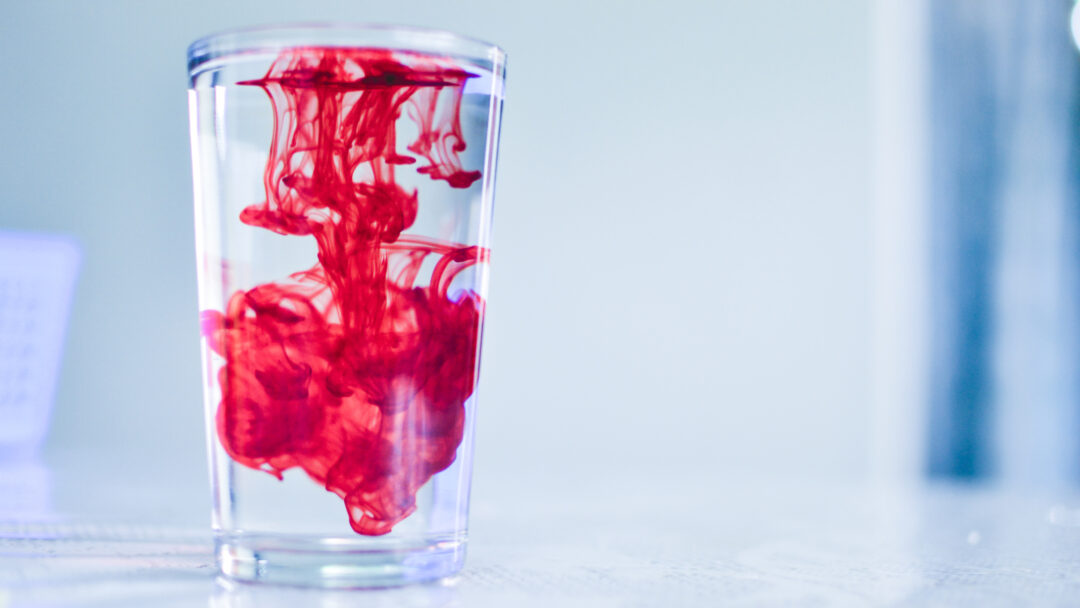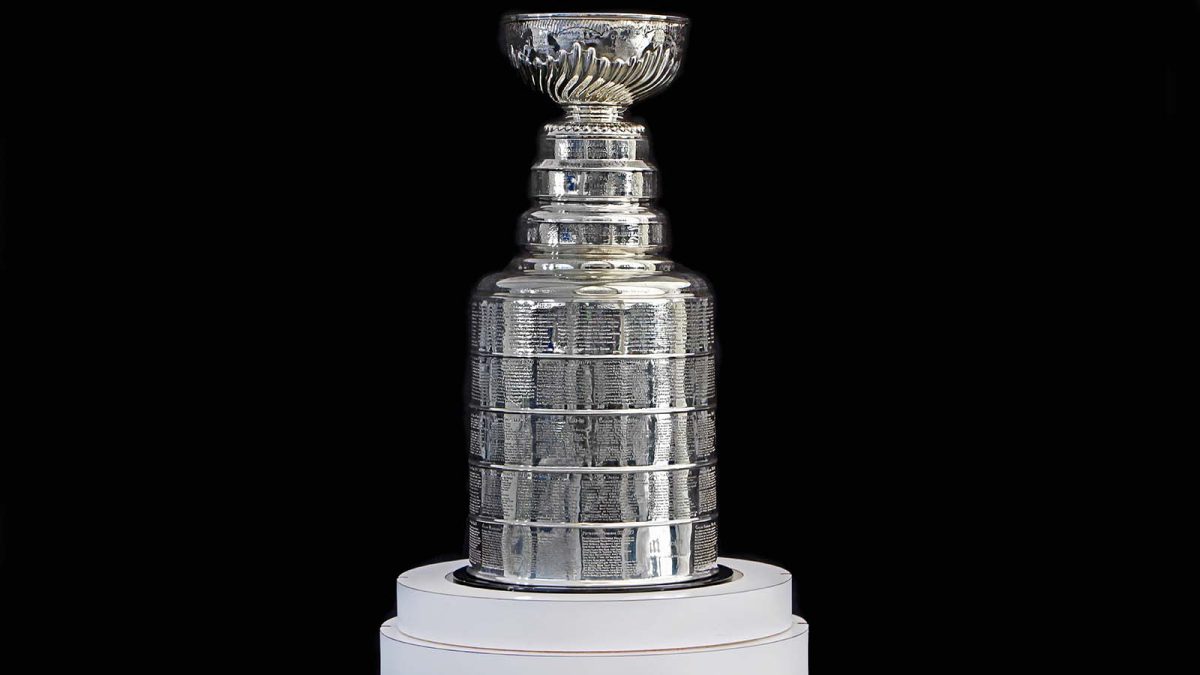Red Dye No. 3, also known as Erythrosine, is a synthetic food dye made from petroleum that until recently, was commonly used in processed foods, candies and even medications that many Americans ingest daily. It was banned earlier this year by the FDA, as they claimed it to be causing cancer and has been linked to behavioral issues such as hyperactivity and restlessness.
Even more commonly seen is Red Dye No. 40 – known as Allura Red AC, also a synthetic dye derived from petroleum – with more than 36,000 food products sold in the U.S. containing it. Despite being linked to health issues like DNA damage and behavioral problems like hyperactivity (similar to Red No. 3), it is still labeled as safe for consumption by the FDA.
Both dyes are potentially harmful chemicals that Americans ingest every day and have raised health concerns in recent years.
Listed below are only some of the common foods, snacks, beverages, and medications that contain either Red No. 3 and No. 40.
Products containing Red Dye No. 3:
- Brach’s Conversation Hearts and Candy Corn
- PEZ Candy
- Betty Crocker Red Cookie Icing
- Maraschino cherries
- Nesquik strawberry low-fat milk
- Bomb Pop NERDS Freeze Ice Pop
- Pink and Lavender PEEPS
- Nothing Bundt Cakes – Confetti Flavor
- Acetaminophen (common brand TYLENOL®)
Products containing Red Dye No. 40:
- Skittles
- Sprinkles
- Sunkist Orange Soda Pop
- Lucky Charms cereal
- Red Velvet Flavored Cake (Nothing Bundt Cakes, Betty Crocker, etc.)
- Hawaiian Punch Fruit Juicy Red
- Red colored Kool Aid
- Acetaminophen and Hydrocodone (common brand Vicodin®)
- Vicks NyQuil, DayQuil, and PainQuil Pain Relief Liquid, Acetaminophen Pain Reliever for Adult
So why is only one of them banned in the US?
On January 15, 2025, Red No. 3 was banned in the US after two studies in which laboratory rats were “exposed to high levels of FD&C Red No. 3” and developed cancer “due to a rat specific hormonal mechanism,” confirms the FDA. Although the way this cancer was caused in the rats does not occur in humans, the Delaney Clause, a clause stating that any food additive that is found to cause cancer in either animals or humans is prohibited, was the reason the FDA was obligated to ban Red No. 3.
Since Red No. 40 has not been found to cause cancer in humans or animals, it is still considered safe and is not banned by the FDA. However, whether the chemicals directly cause cancer in humans or not, this does not mean that the intake of either of the dyes do not have potentially significant health risks towards humans, specifically in children’s behavior.
The state of California was the first in the US to bring up concerns about food dye additives causing health issues in 2021, four years before the Red No. 3 ban. The Director of the California Environmental Protection Agency’s Office of Environmental Health Hazard Assessment (OEHHA), Dr. Lauren Zeise, stated that there has been an increase in Attention Deficit/Hyperactivity Disorder (ADHD), “from an estimated 6.1% to 10.2% during the last 20 years,” causing the OEHHA to ask the California Legislature to conduct a “food dye assessment.” She goes on to say that “evidence shows that synthetic food dyes are associated with adverse neurobehavioral outcomes in some children.”
Although not directly linked, the rise in child behavioral issues such as ADHD and the fact that food products that contain these bright and colorful dyes are most often geared towards children’s consumption, raises some eyebrows as to whether or not this is really a coincidence.
Although it was only banned recently in the US, Red No. 3 being labeled as potentially harmful to humans is no new concept to food administrations in other countries. For example, the chemical has been banned in the European Union since 1994, with very few exceptions for some processed cherry products. More recently, Australia banned the use of it in 2011 with the exception of maraschino cherries. It is banned in other countries as well, such as China, Japan, and New Zealand.
On the other hand, Red No. 40 is completely banned in only two countries. Norway and Iceland banned the dye due to concerns about potential health risks, specifically in children. The European Union has not outrightly banned Red No. 40, but its use is affected by strict regulations that say that any product containing Red No. 40 must contain a label disclosing a warning that says the product “may have an adverse effect on activity and attention in children,” according to the Center for Science in the Public Interest.
Even though the FDA’s choice to ban Red No. 3 is a step in the right direction towards a healthier America, concerns about Red No. 40 are growing, with people starting to question the safety standards of what we are putting in our food. Despite the fact that behavioral issues in children can be traced back to both dyes, the use of only one of them is being regulated.
Furthermore, the use of these dyes either being prohibited or strictly regulated in other countries should raise concerns and awareness about the potential health risks the consumption could cause. It is extremely important that we as consumers stay informed about what we are putting in our bodies, and pay attention to how much of it we are exactly consuming. It is evident that these dyes can be found in the things we consume frequently, if not every day (see list above). Checking the ingredients list of the things you eat on a daily basis can be beneficial, as it is better to avoid these food dyes that hold zero nutritional value and only have the potential to cause harm to our health even though some are technically “safe” to consume.








